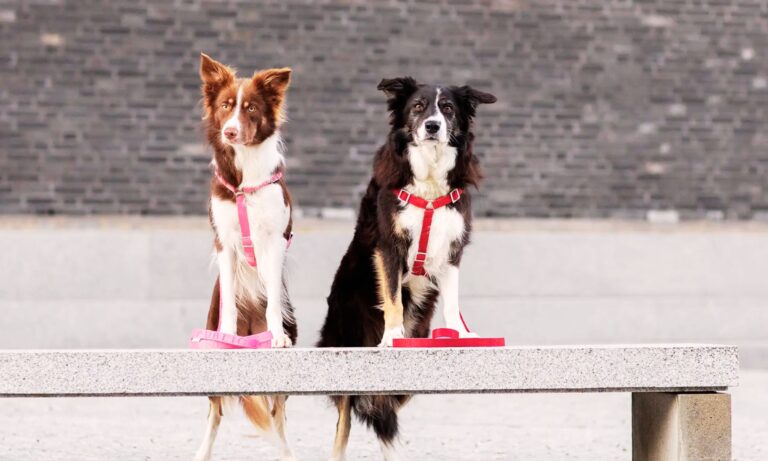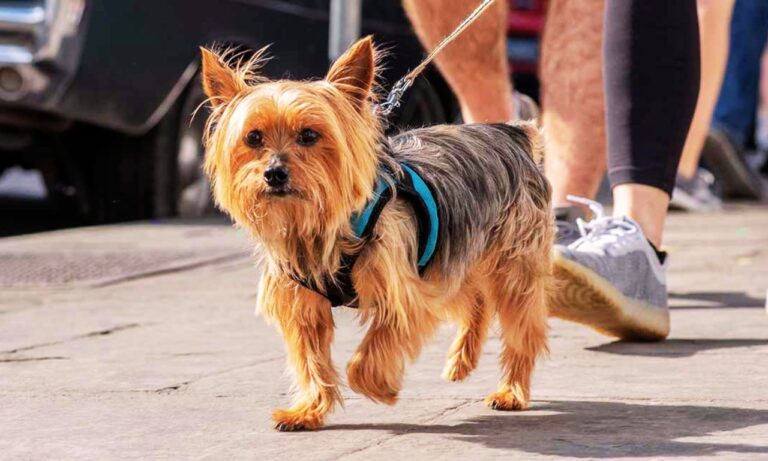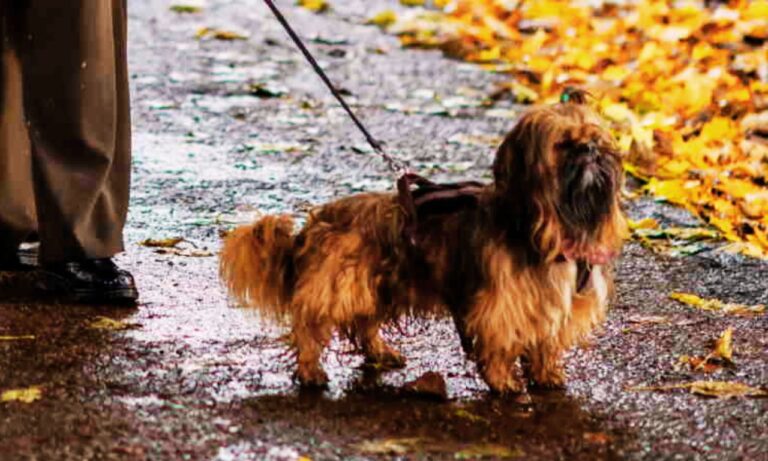| Summary: The worst dog food brands often contain low-quality fillers, artificial preservatives, and harmful by-products. Brands like Kibbles ‘n Bits, Ol’ Roy, Gravy Train, and Beneful are frequently criticized for poor ingredients. Avoid foods with excessive corn, soy, artificial colors, and unnamed meat meals to ensure your dog’s long-term health. |
Your dog’s diet plays a crucial role in their health, longevity, and overall well-being. While many pet owners trust commercial dog food brands, not all brands prioritize nutrition and safety. Some companies use low-quality ingredients, harmful fillers, and artificial additives, which can contribute to digestive issues, allergies, obesity, and even chronic diseases in dogs. So, what are the worst dog food brands?
If you’re wondering which dog food brands to avoid and what makes them unhealthy, this guide provides a detailed breakdown of the worst offenders, the harmful ingredients they use, and what to look for when choosing a healthier alternative. For insights on whether Airedales are good off-leash, explore this comprehensive article.
Blog Highlights
ToggleQuick Fix FAQ Table: What Are the Worst Dog Food Brands?
| Question | Answer |
| What are the worst dog food brands? | Kibbles ‘n Bits, Ol’ Roy, Gravy Train, Beneful, Pedigree. |
| Why are these brands considered bad? | They contain low-quality fillers, artificial additives, and meat by-products. |
| What ingredients should I avoid in dog food? | Corn, wheat, soy, artificial colors, BHA/BHT preservatives, and unnamed meat meals. |
| Is grain-free dog food better? | Not always. Some grain-free diets have been linked to heart disease. Consult your vet before switching. |
| Are budget-friendly dog foods unsafe? | Not all, but many cheap brands use fillers instead of quality protein. Check ingredient lists carefully. |
| What’s the healthiest alternative to bad dog food brands? | Look for brands with real meat, whole grains, and no artificial additives, like Blue Buffalo, Orijen, and Wellness. |
| How can I tell if my dog’s food is unhealthy? | Signs include digestive issues, dull coat, excessive shedding, allergies, and low energy levels. |
| Can I switch my dog’s food immediately? | No, transition gradually over 7–10 days to avoid digestive upset. |
1. What Makes a Dog Food Brand “Bad”?
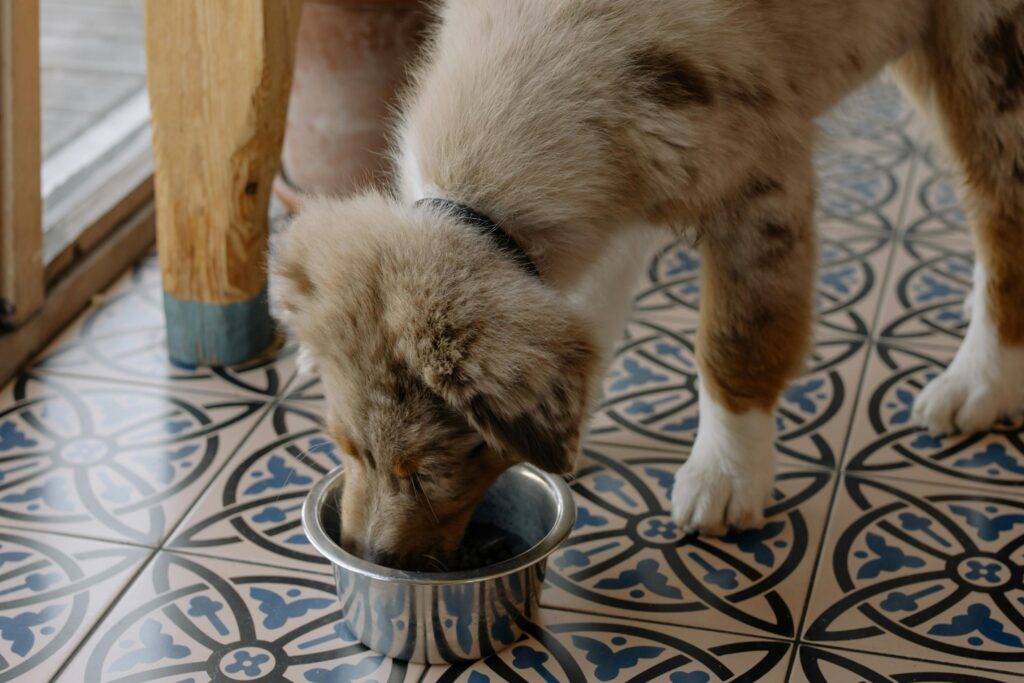
Not all dog foods are created equal, and certain brands sacrifice quality for cost-effectiveness. Some of the key red flags that indicate a low-quality dog food brand include:
a) Use of Low-Quality Ingredients
Some companies prioritize profit over pet health, using cheap, nutritionally void ingredients to bulk up their food. Common examples include:
- Meat by-products – Instead of using real, whole meats, some brands include unidentified animal by-products such as beaks, bones, hooves, and even diseased animal tissues.
- Corn, wheat, and soy – These ingredients act as cheap fillers that provide little nutritional value but contribute to weight gain, allergies, and digestive problems.
- Rendered fat – Often from unspecified sources, rendered fat is used to improve palatability but can be contaminated with harmful toxins.
b) Artificial Additives & Preservatives
Artificial ingredients enhance the appearance and shelf life of dog food, but they come with serious health risks. Harmful additives include:
- BHA & BHT – Artificial preservatives that have been linked to cancer in lab animals.
- Ethoxyquin – A preservative banned for human consumption but still used in some pet foods.
- Artificial colors (Red 40, Blue 2, Yellow 5 & 6) – Unnecessary and potentially harmful, these artificial colors can lead to hyperactivity, allergic reactions, and digestive upset.
c) Excessive Carbohydrates & Fillers
While dogs require some level of carbohydrates, many brands overload their formulas with cheap grains and starches to cut costs. This can lead to:
- Obesity and diabetes due to blood sugar spikes.
- Poor digestion since dogs’ digestive systems are designed for protein-based diets.
- Nutritional deficiencies if grains replace essential protein and fats.
d) Poor Protein Sources
A high-protein diet is essential for a dog’s muscle growth, energy levels, and overall health. However, some brands use low-quality protein sources, such as:
- Meat meals – These are made from unidentified animal parts, including expired meat, roadkill, and diseased livestock.
- Unspecified meat sources – If a label simply says “meat meal” or “animal by-products” without identifying the animal source, it’s a major red flag.
Discover the benefits of using a harness by reading this guide on should a Collie wear a harness.
2. What Are the Worst Dog Food Brands | Worst Dog Food Brands to Avoid
1. Ol’ Roy (Walmart Brand)

Ol’ Roy is one of the cheapest dog food brands, but it’s also one of the worst in terms of nutrition. It contains:
- Low-quality fillers like corn, wheat, and soy.
- Meat by-products instead of real meat.
- Artificial flavors, preservatives, and colors.
🚨 Why to Avoid: It provides very little actual nutrition, making it an unhealthy long-term option for dogs.
2. Kibbles ‘n Bits
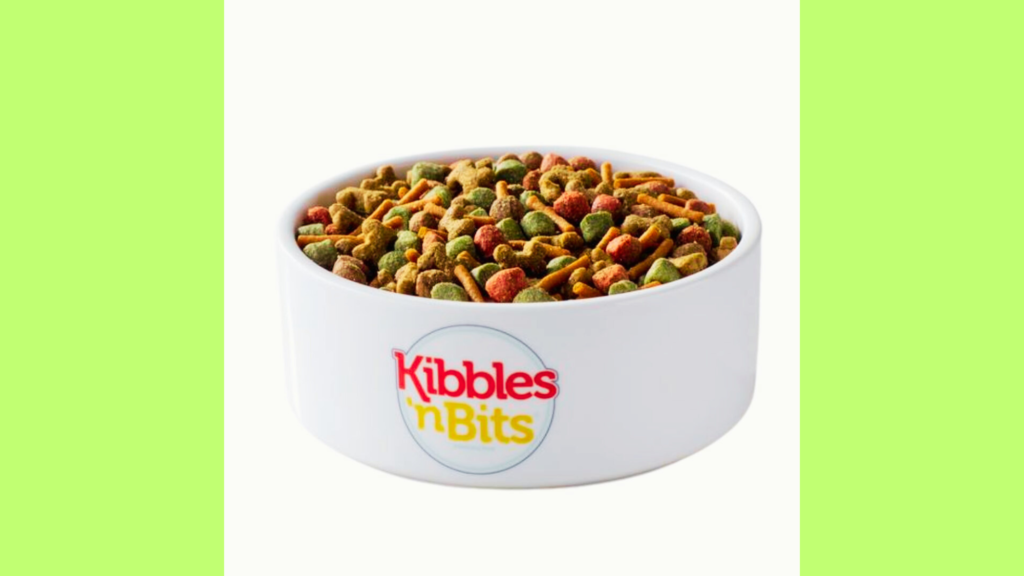
This brand markets itself as flavorful and affordable, but its ingredient list is alarming:
- Primary ingredients include corn, wheat, and soy instead of real meat.
- Loaded with artificial colors and flavors.
- Contains BHA and BHT, both of which are linked to health risks.
🚨 Why to Avoid: High in carbs and artificial additives, with very little real meat.
3. Gravy Train

Gravy Train’s wet dog food might look appetizing, but it’s filled with dangerous preservatives and fillers:
- Animal fat preserved with BHA (a known carcinogen).
- Corn and soy as primary ingredients instead of protein.
- High levels of artificial flavors and additives.
🚨 Why to Avoid: Contains cancer-linked preservatives and is low in quality protein.
4. Pedigree
One of the most well-known dog food brands, Pedigree is unfortunately not a premium choice:
- Contains meat by-products and unspecified protein sources.
- High in grains like corn and wheat, which offer little nutritional value.
- Artificial colors and preservatives.
🚨 Why to Avoid: Too many fillers, preservatives, and low-quality protein sources.
5. Alpo (Purina)

Alpo dog food has been around for years, but its ingredient list is far from ideal:
- Extremely high in corn and wheat, which can cause digestive issues.
- Rendered meats from unknown sources.
- Loaded with artificial flavors and preservatives.
🚨 Why to Avoid: More filler than real nutrition.
Learn if Dachshunds need special collars to provide the right support and comfort for their unique body shape.
3. Health Risks Associated with Low-Quality Dog Food
Feeding your dog poor-quality food can lead to serious health complications, including:
a) Digestive Issues
Dog food loaded with corn, soy, and artificial additives can cause:
- Chronic diarrhea.
- Vomiting and nausea.
- Gas and bloating.
b) Obesity and Diabetes
Many low-quality dog foods are high in carbohydrates, leading to:
- Rapid weight gain.
- Increased risk of diabetes.
- Lack of energy and sluggishness.
c) Allergies and Skin Problems
Artificial additives, grains, and preservatives can trigger:
- Excessive itching and scratching.
- Skin infections.
- Ear infections.
d) Increased Cancer Risk
Preservatives like BHA, BHT, and ethoxyquin have been linked to:
- Tumor growth.
- Weakened immune system.
- Organ damage.
Discover what size collar is best for a French Bulldog puppy to ensure both safety and comfort during their growing stages.
4. How to Choose a High-Quality Dog Food Brand
When choosing a healthy dog food brand, look for:
✅ High-Quality Protein
Real meat (chicken, beef, fish, turkey) should be the first ingredient.
✅ No Artificial Additives
Avoid artificial colors, flavors, and preservatives like BHA and BHT.
✅ Low Carbohydrates
Choose dog foods low in fillers like corn, wheat, and soy.
✅ Added Nutrients
High-quality dog foods include:
- Omega fatty acids (for a healthy coat).
- Probiotics (for digestion).
- Glucosamine (for joint health).
Understand if French Bulldogs can wear dog collars and how it affects their neck structure and overall health.
5. Vet-Recommended Dog Food Brands
If you want safe and nutritious options, consider these vet-approved brands:
| Brand | Why It’s Good |
| Blue Buffalo | High in protein, grain-free options, no artificial additives. |
| Wellness CORE | Rich in essential nutrients and natural ingredients. |
| Merrick | Whole meats, superfoods, and no harmful preservatives. |
| Orijen | High-protein, biologically appropriate for dogs. |
| The Honest Kitchen | Human-grade, high-quality ingredients. |
6. Conclusion: Avoid the Worst, Choose the Best
Your dog’s health depends on the quality of food you provide. Avoid brands that use cheap fillers, artificial additives, and low-quality proteins. Instead, invest in high-quality, nutritious dog food that promotes a long, healthy, and happy life for your pet. Explore the best dog collars for French Bulldogs to keep them comfortable while ensuring durability and style.
Hope so, now you know, what are the worst dog food brands. Always read the ingredient list, research brands, and consult your vet to make the best choice for your furry friend!



